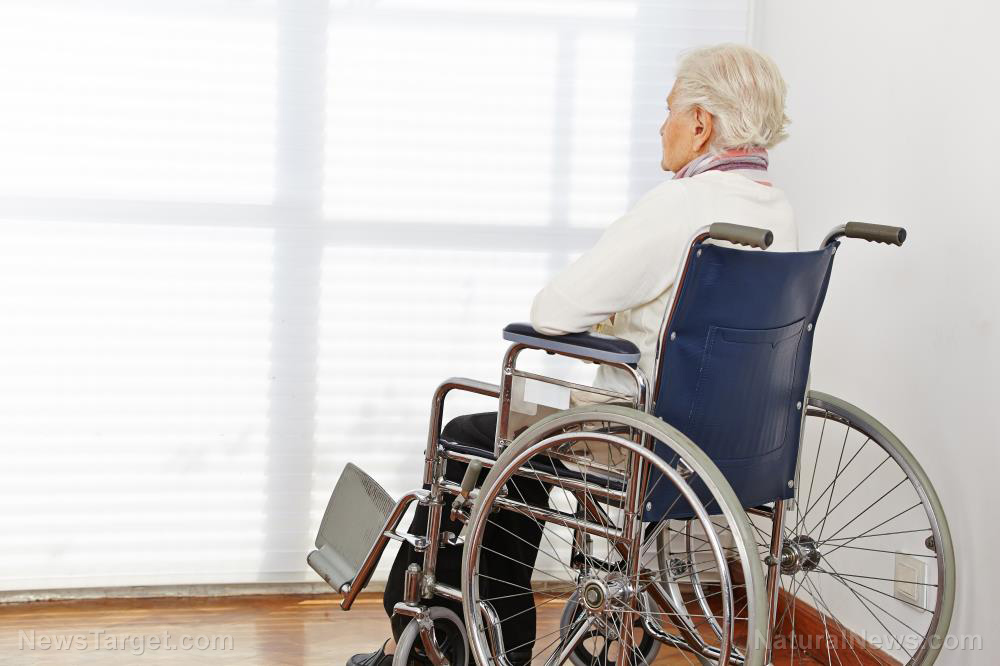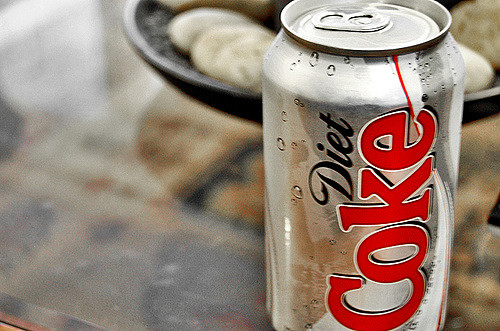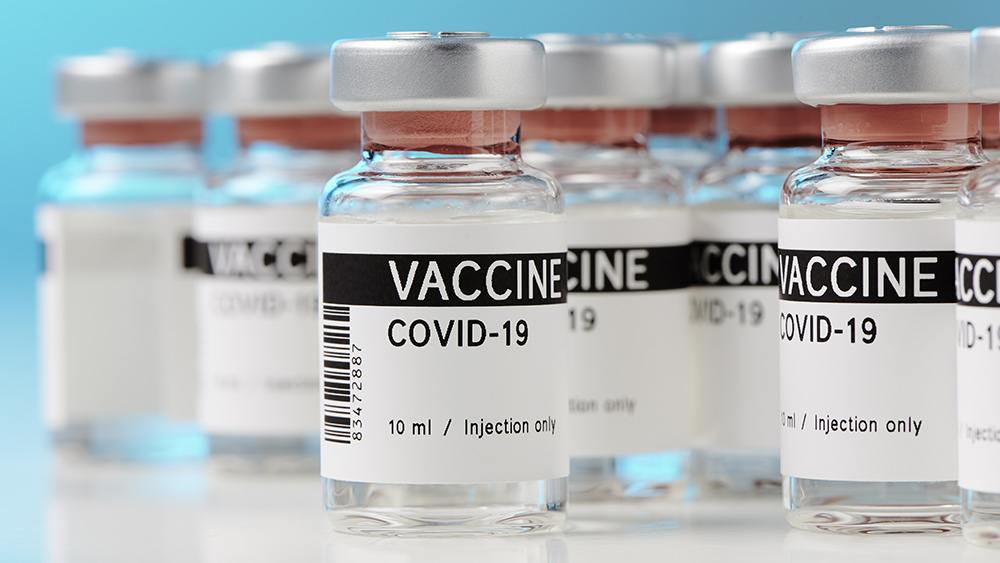Reduce symptoms of Parkinson’s with thiamine
01/12/2019 / By Ralph Flores

A study from the University Studies Abroad Consortium in Italy found that thiamine, a B-vitamin found in beans and whole grains, can alleviate symptoms of Parkinson’s disease. In the paper, which appeared in the Journal of Alternative and Complementary Medicine, the authors looked at the effects of long-term thiamine treatment in patients with the debilitating disorder. In particular, they evaluated its ability to protect the brain from damage — especially that caused by Parkinson’s.
The authors involved 50 people for the study, all of whom have been diagnosed with Parkinson’s disease. The participants were all around 70 years old, and all had been living with the disorder for seven years or more at the time of the trial. After they were measured for their baseline levels for Unified Parkinson’s Disease Rating Scale (UPDRS) and the Fatigue Severity Scale (FSS), which track the progression of the disease and the severity of the fatigue that accompanies it, respectively, the participants were treated with 100 mg of thiamine, administered directly into muscle. The treatments were done twice a week, and the participants were told to continue their regular therapy for Parkinson’s disease during this time.
A month in the treatment, the researchers looked at how thiamine affected the patients regarding their symptoms. They noted that patients had significantly improved both motor and non-motor symptoms after just 30 days of thiamine treatment. In particular, both UPDRS and FSS scores, which indicated the severity of the symptoms, had greatly improved after a month — and remained stable over time. Those with milder symptoms of Parkinson’s disease even had a complete clinical recovery.
“From our clinical evidence, we hypothesize that a dysfunction of thiamine-dependent metabolic processes could cause selective neural damage in the centers typically affected by this disease and might be a fundamental molecular event provoking neurodegeneration,” the researchers concluded in their report. “Thiamine could have both restorative and neuroprotective action in [Parkinson’s disease].” (Related: Soothe Parkinson’s disease with nutritional therapy, tai chi and dancing the tango.)
Managing Parkinson’s disease without medication
Parkinson’s disease is one of the most common movement disorders around the world. In the U.S. alone, around 1 million people are expected to be diagnosed with the condition by 2020, making it even more prevalent than motor neuron diseases like Lou Gehrig’s disease and multiple sclerosis. While the disorder primarily affects older adults, at least four percent of people with Parkinson’s disease are below the age of 50. Men are also more likely to be affected by the condition than women. It is also a source of great economic burden, as the combined direct and indirect cost of managing Parkinson’s disease is estimated to be $25 billion per year. In addition, drug therapies and surgery for the disorder can set a person back by over $100,000 annually — with most medications are known to have severe side effects.
Fortunately, natural alternatives are available for treating Parkinson’s disease without the need for medication. Some of these options require minimal changes to a person’s lifestyle — most of which are doable. To manage the trembling associated with Parkinson’s disease, it’s a good idea to avoid caffeine and alcohol since these make the tremors worse. Exercise and tai chi, in particular, help to gently restore balance and gait that have been affected by the condition.
Earlier studies on coenzyme Q10, or CoQ10, have shown promising results on its efficacy on managing the symptoms of Parkinson’s disease, as well as DMSO (dimethyl sulfoxide) in controlled doses. Finally, avoiding smoking and a healthy diet keeps incontinence at bay, a common problem of those with the debilitating condition.
Learn more about Parkinson’s disease and other degenerative diseases at Brain.news.
Sources include:
Submit a correction >>
Tagged Under:
brain protection, motor diseases, natural cures, natural medicine, neuromotor diseases, Parkinson's Disease, supplements, thiamine
This article may contain statements that reflect the opinion of the author
RECENT NEWS & ARTICLES
COPYRIGHT © 2017 RESEARCH NEWS





















